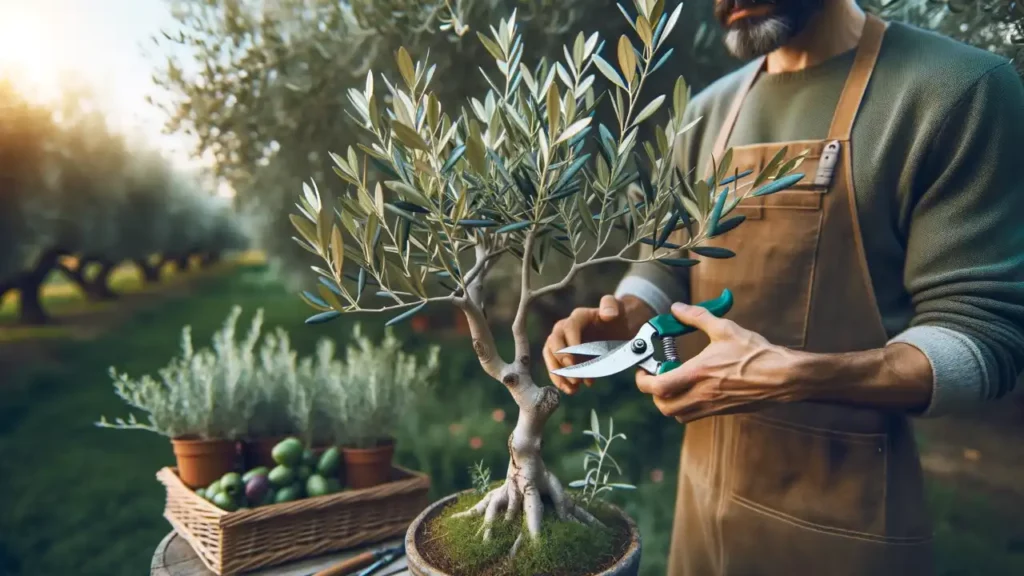When it comes to selecting trees for your garden, there’s a world of options. But if you’re looking to infuse your space with a touch of Mediterranean charisma, Spanish palm trees stand tall above the rest. These hardy, graceful trees can elevate your garden into a lush retreat that not only captivates the eye but also withstands various climates. Let’s delve into why palm trees from the sunny coasts of Spain could be the perfect addition to your garden.
A Symbol of the Mediterranean
Palm trees are synonymous with the Mediterranean landscape. The image of a palm tree conjures up feelings of warmth, relaxation, and seaside elegance. Spanish palm trees, such as the iconic Phoenix canariensis (Canary Island date palm), have adapted to thrive in warm climates and can bring that quintessential Mediterranean vibe to your own backyard.
Resilient and Hardy
What makes Spanish palm trees a gardener’s ally is their resilience. They are remarkably hardy and can survive in a range of environments. While they favor sunny spots, many species can tolerate cold snaps and less than perfect soil conditions. Their adaptability makes them a great choice for gardens in various parts of the world, not just those in warm, beachside locales.
Low Maintenance
Gardening is a joy, but not everyone has the time for high-maintenance greenery. Spanish palm trees are low on care requirements once established. They generally require little watering, are resilient to pests, and don’t need frequent fertilizing. A trim now and then to remove old fronds is usually enough to keep them looking pristine.
Architectural Aesthetic
Spanish palms offer an architectural element with their tall trunks and crown of leaves. They can serve as a focal point in a garden design, adding structure and height. Their strong lines and textures provide contrast to softer, bushier plants, which can help in creating a balanced and dynamic garden aesthetic.
Variety and Versatility
Spain boasts a variety of palm tree species, each with unique features. From the slender and elegant Washingtonia to the robust and tropical Sabal palms, there’s a Spanish palm to suit every garden’s theme and space. Whether planted as a standalone feature or as part of an exotic collection, they can complement any garden style.

Environmental Benefits
Palm trees from Spain, like all trees, contribute to a healthier environment. They offer shade, which can be a relief in urban areas or during hot summers, and they act as natural air purifiers. By adding palm trees to your garden, you’re not just enhancing its beauty; you’re also doing a favor to the environment.
A Touch of Exoticism
Incorporating Spanish palm trees into your garden can lend an exotic touch that’s both intriguing and inviting. They can transport you to a different place, creating a vacation-like atmosphere right at home. Imagine lounging under the shade of your palm on a warm afternoon — it’s an instant getaway.
Enhancing Property Value
Landscaping improvements are known to enhance property value, and mature palm trees are no exception. Their sophistication and low maintenance can be attractive to potential homebuyers, should you ever decide to sell your property. They’re an investment that grows over time, both aesthetically and financially.
Conclusion
Spanish palm trees are more than just a plant; they’re a statement. They offer a combination of resilience, low maintenance, beauty, and environmental benefits that can be hard to find in other species. Whether you’re creating a sanctuary, seeking a striking garden centerpiece, or simply want to enjoy the relaxed Mediterranean lifestyle, Spanish palm trees could be the perfect choice for your garden.
Transform your garden into a serene escape with the finest selection of Spanish palm trees. Visit iwantatree.es to explore our variety and find the perfect palm for your space.
Let the spirit of Spain’s coasts inspire your garden’s transformation.
Frequently Asked Questions About Spanish Palm Trees for Your Garden
Q1: Can Spanish palm trees survive in cold weather climates?
A1: Yes, many Spanish palm tree species are quite resilient and can tolerate occasional cold weather. However, the degree of cold they can withstand varies by species. For instance, the Canary Island date palm can handle temperatures down to 20°F (-6°C). It’s important to provide some protection during unusually cold weather, such as using frost cloths or moving potted palms indoors.
Q2: How often should I water my Spanish palm tree?
A2: Newly planted palms should be watered regularly to establish their roots. Once established, most Spanish palm trees are drought-tolerant and may only need watering during prolonged dry spells, particularly in hot climates. The frequency can vary depending on soil type and climate, but a good rule of thumb is to water when the top inch of soil feels dry.
Q3: Are Spanish palm trees fast-growing?
A3: Growth rates for Spanish palm trees vary by species. Some, like the Washingtonia, are known for their relatively rapid growth, while others may grow more slowly. Factors such as sunlight, soil quality, and water availability can also affect the growth rate. Generally, you can expect a young palm to establish itself and begin steady growth after the first couple of years.
Q4: What kind of fertilizer should I use for a Spanish palm tree?
A4: Spanish palm trees benefit from fertilizers that are specifically formulated for palms, typically with a balance of nitrogen, potassium, magnesium, and other trace elements. Slow-release fertilizers are often recommended because they provide a steady supply of nutrients over time. Fertilizing should occur during the growing season, usually spring and summer, following the instructions on the fertilizer packaging.
Q5: How do I protect my Spanish palm tree from pests and diseases?
A5: Good cultural practices are the first line of defense against pests and diseases. This includes proper watering, fertilizing, and pruning to remove dead fronds. Keep an eye out for common palm pests like spider mites, scale, and mealybugs. If pests are detected, treat with appropriate horticultural oils or insecticides. For diseases such as leaf spot or fusarium wilt, maintaining cleanliness and proper pruning can prevent infections. If a disease occurs, remove affected parts and apply fungicide if necessary. Always sanitize your tools after use to prevent spreading any issues.




